Algae and Protists
1/18
There's no tags or description
Looks like no tags are added yet.
Name | Mastery | Learn | Test | Matching | Spaced |
|---|
No study sessions yet.
19 Terms
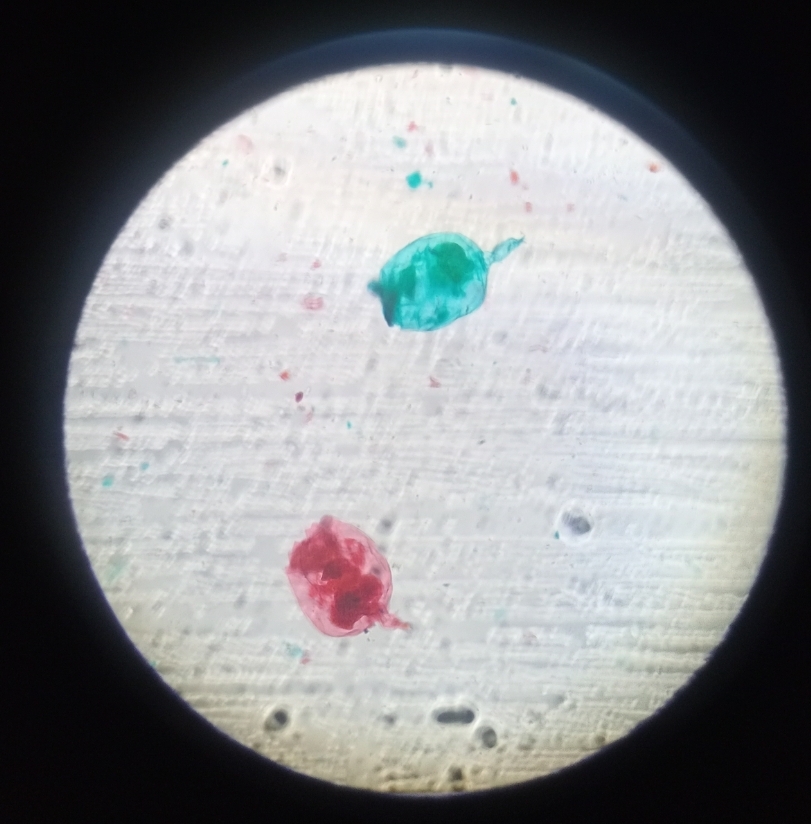
Its name comes from a Latin word meaning “wheel” and -fer meaning “bearing” or “carrying,” referring to the wheel-like ciliated corona at its head used for locomotion and feeding.
Rotifer
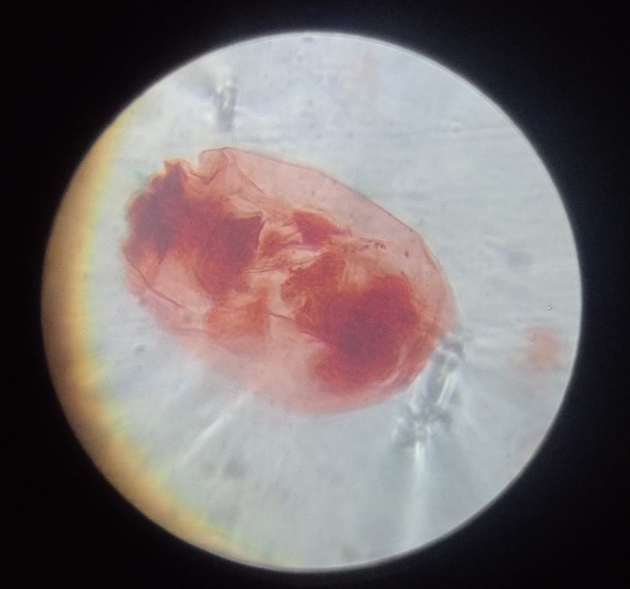
Its name comes from Latin foramen meaning “hole” and -fer meaning “bearing,” referring to the tiny pores in their shells (tests) through which pseudopodia extend.
Foraminifera, mixed
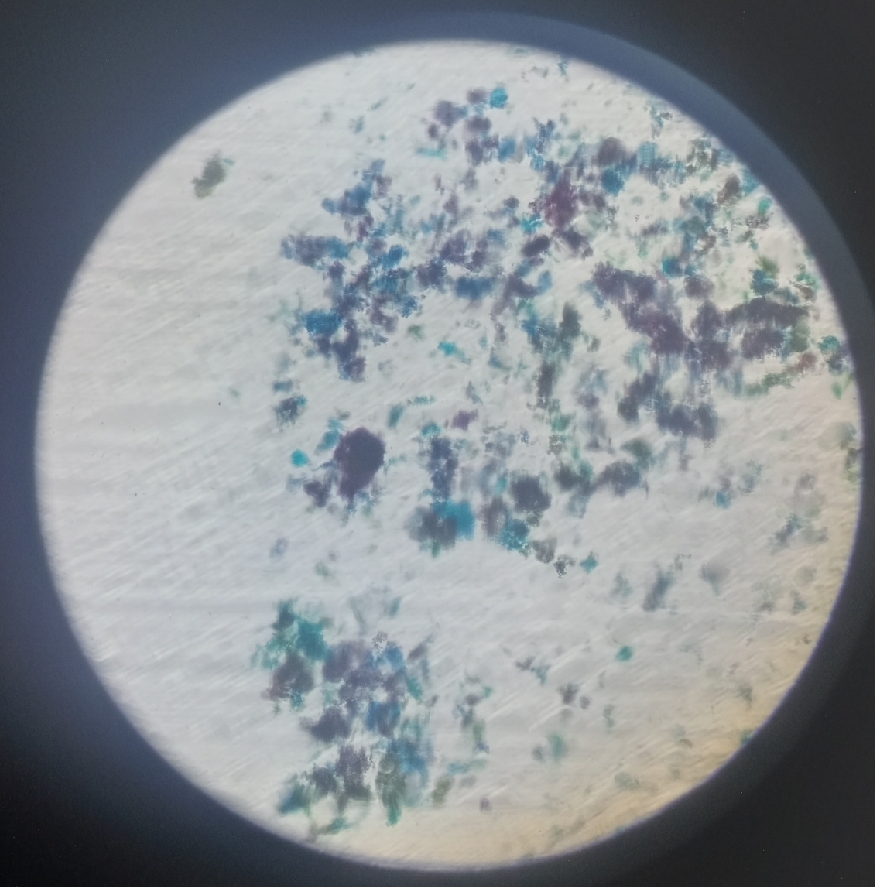
Its name comes from Greek chloros meaning “green” and the diminutive suffix -ella, referring to its small, green, unicellular form.
Chorella
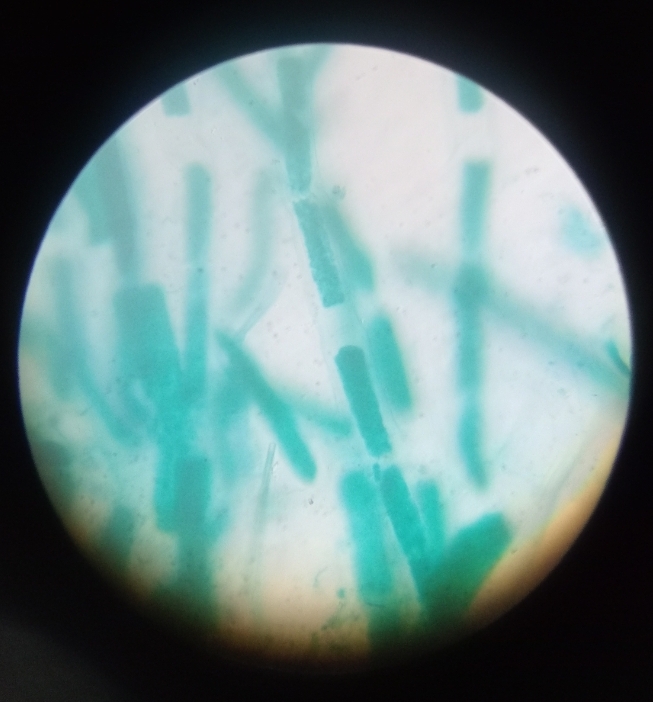
Its name comes from Ancient Greek: kládos meaning “branch” and -phora meaning “bearing.”
Cladophora
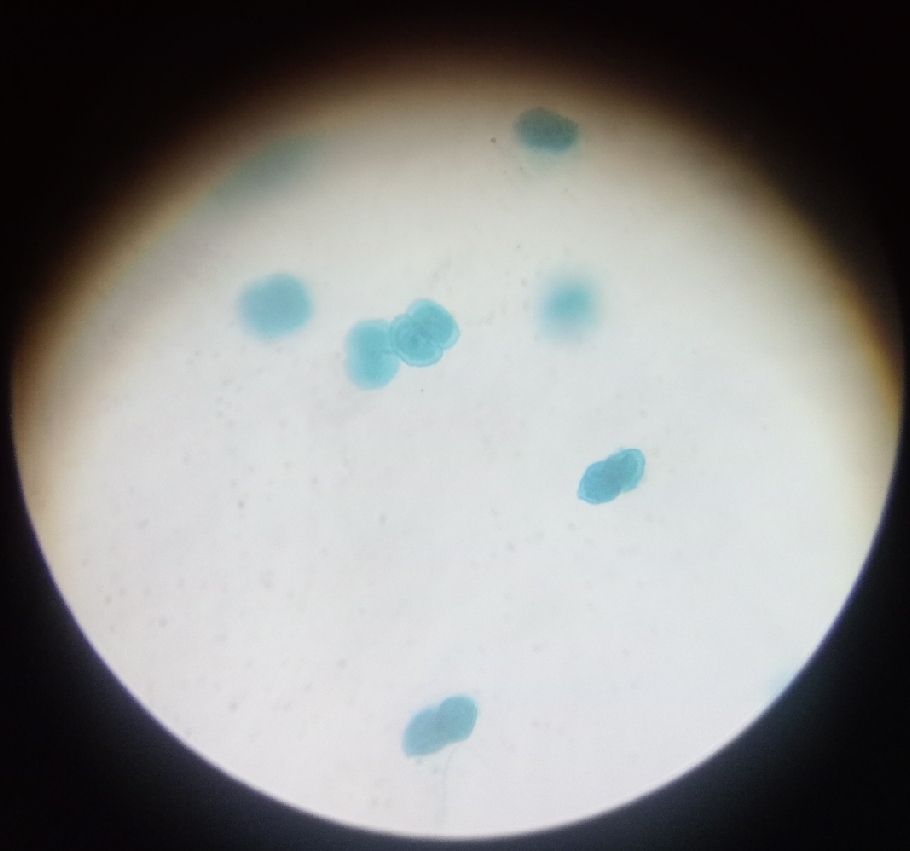
Its name comes from Greek desmos meaning “bond” or “link” and the suffix -idēs meaning “descendant” or “member of a group,” referring to the symmetrical, often mirror-like halves of its unicellular structure.
Desmids, mixed
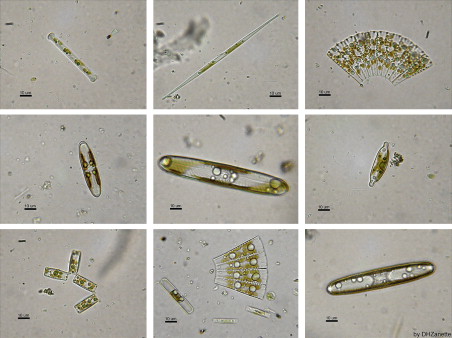
Its name comes from the Greek diatomos, meaning “cut in two,” from dia- (“through”) and temnein (“to cut”), referring to the organism’s silica shell composed of two interlocking halves called frustules.
Diatoms, mixed
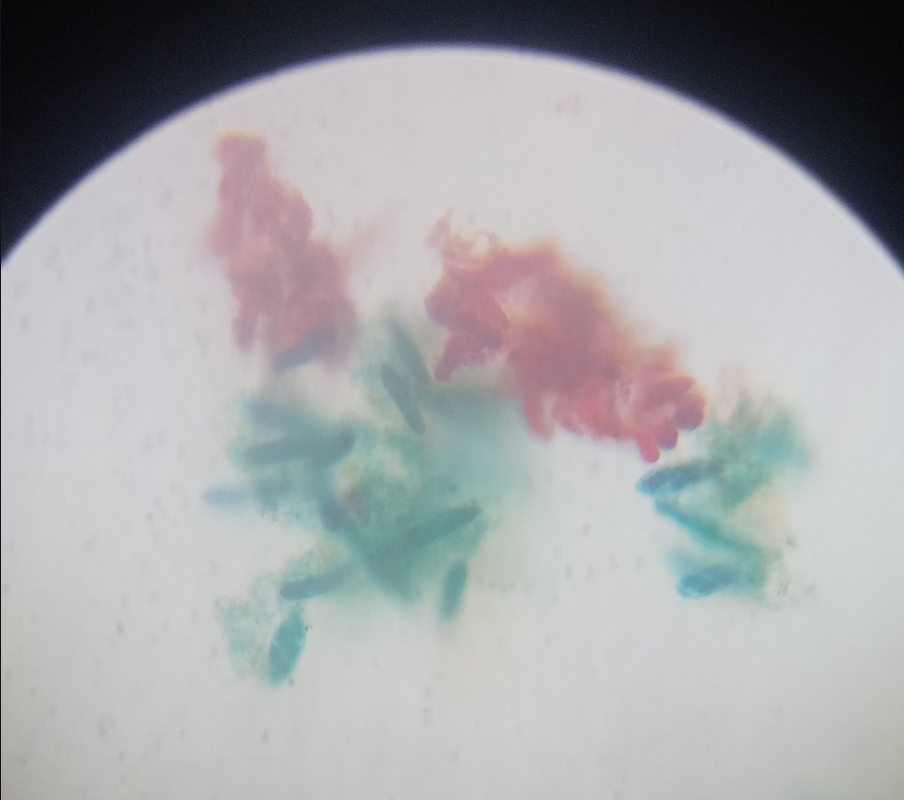
Its name comes from Ancient Greek eu- meaning “good” and glēnē meaning “eye,” referring to its light-sensitive eyespot.
Euglena

Its name comes from ______, a figure in Greek mythology, combined with the diminutive suffix -ina, referring to the small, spherical colony of cells enclosed within a mucilaginous envelope.
Pandorina
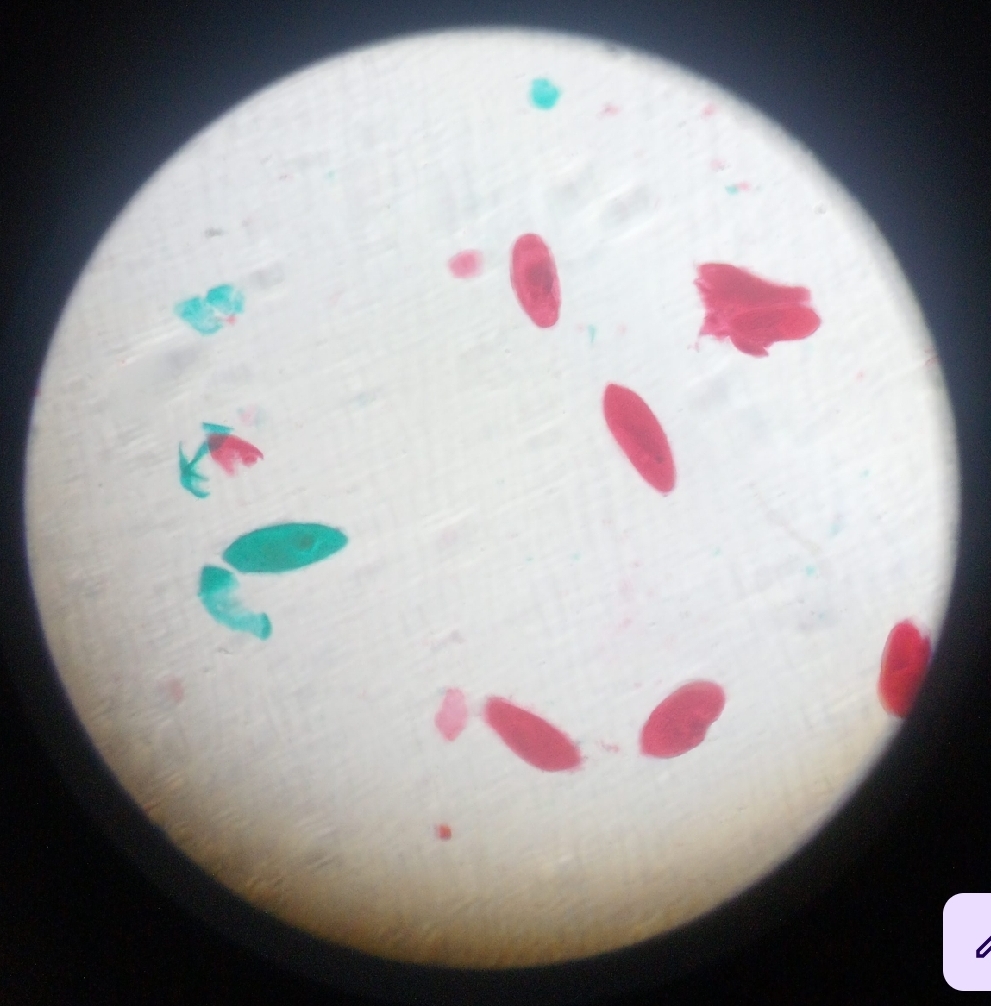
Its name comes from the Greek paramēkēs, meaning “oblong” or “oval,” referring to its elongated shape.
Paramecium

______ is a sexual process where two cells exchange genetic material through temporary fusion, enhancing genetic diversity.
Paramecium, conjugating

_______ reproduces asexually through transverse binary fission, where one cell splits into two genetically identical daughter cells.
This process occurs under favorable conditions—ample nutrients and optimal temperature.
Paramecium, fission
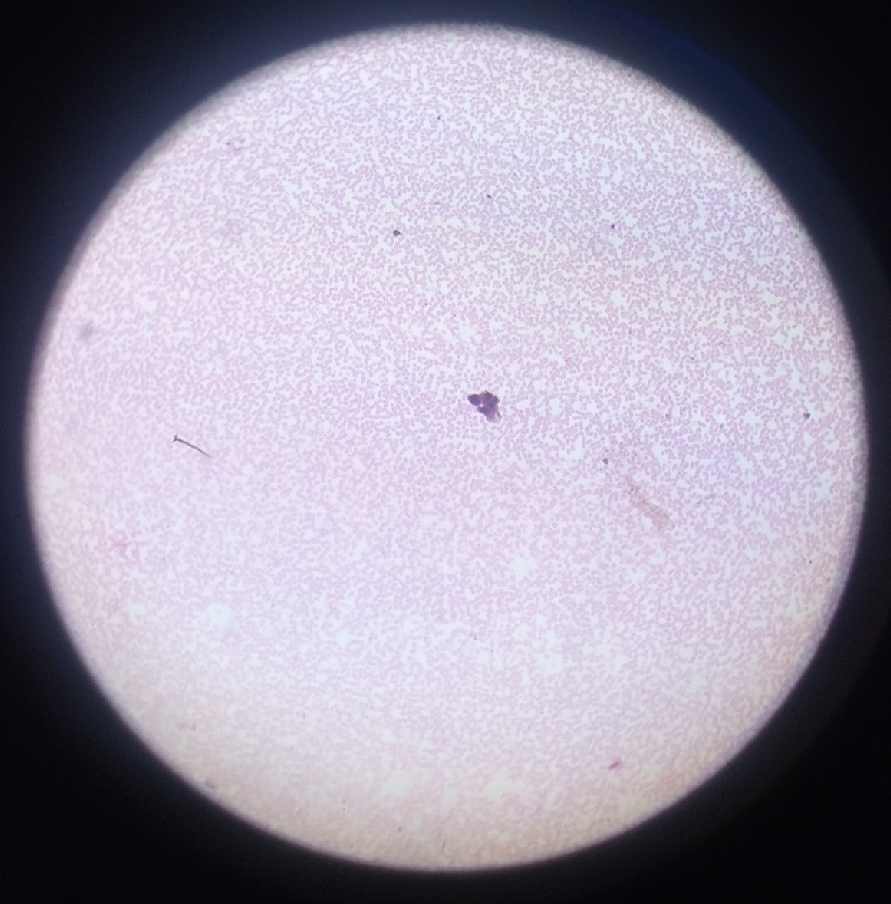
Its name comes from Ancient Greek plásma meaning “something molded” and the suffix -ōdēs meaning “like” or “resembling,” referring to its amorphous, shape-shifting form during its life cycle stages. This etymology reflects the parasite’s ability to adapt morphologically as it transitions between mosquito and vertebrate hosts.
Plasmodium spp. (malaria) in blood smear

Its name comes from Latin radius meaning “ray” and the suffix -aria denoting connection or possession, referring to the organism’s radial symmetry and spiny, ray-like silica skeleton. This etymology reflects ______ intricate, starburst-like morphology, which aids in buoyancy and feeding in marine planktonic environments.
Radiolaria, mixed
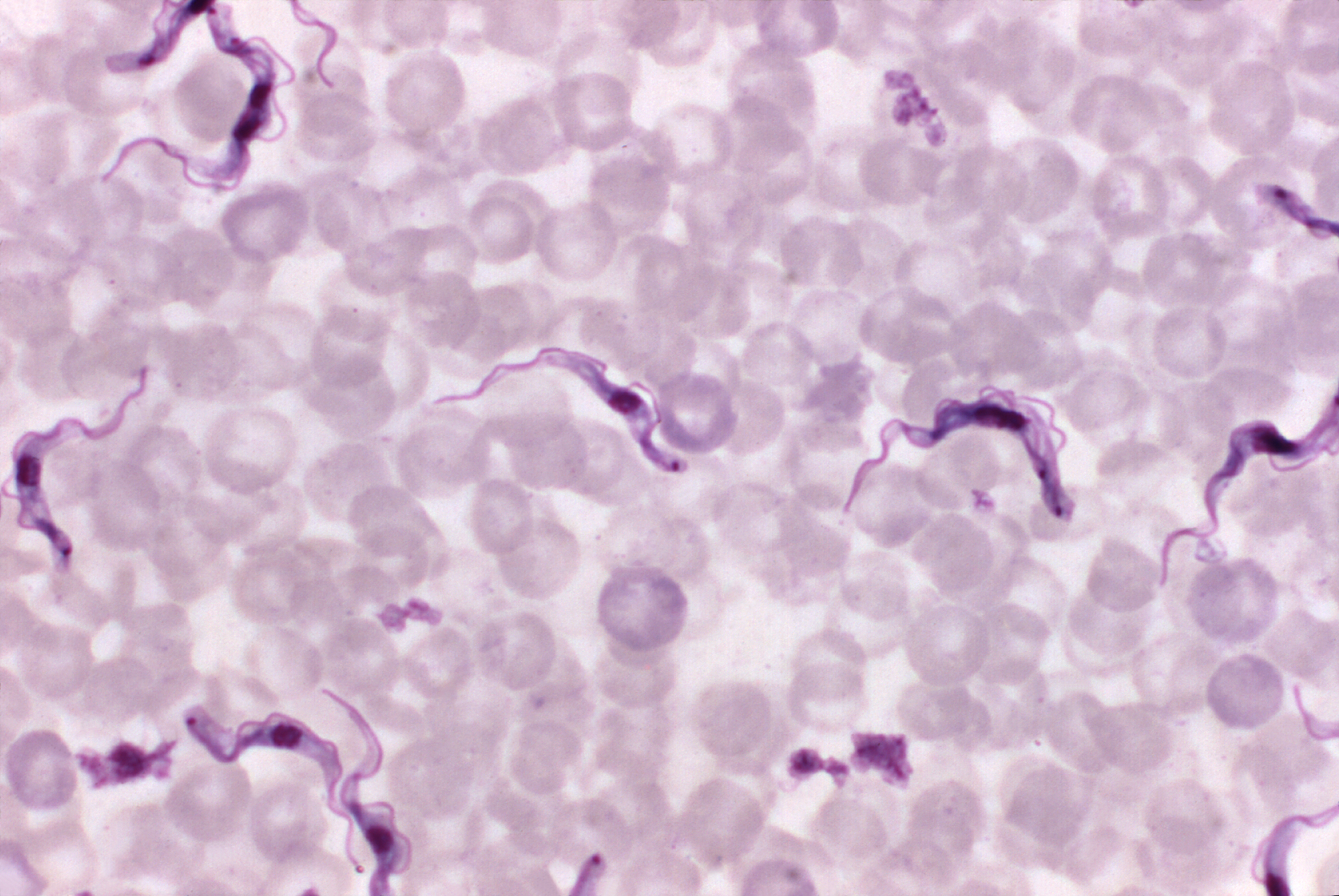
Trypanosoma in blood smear

Volvox with daughter colonies
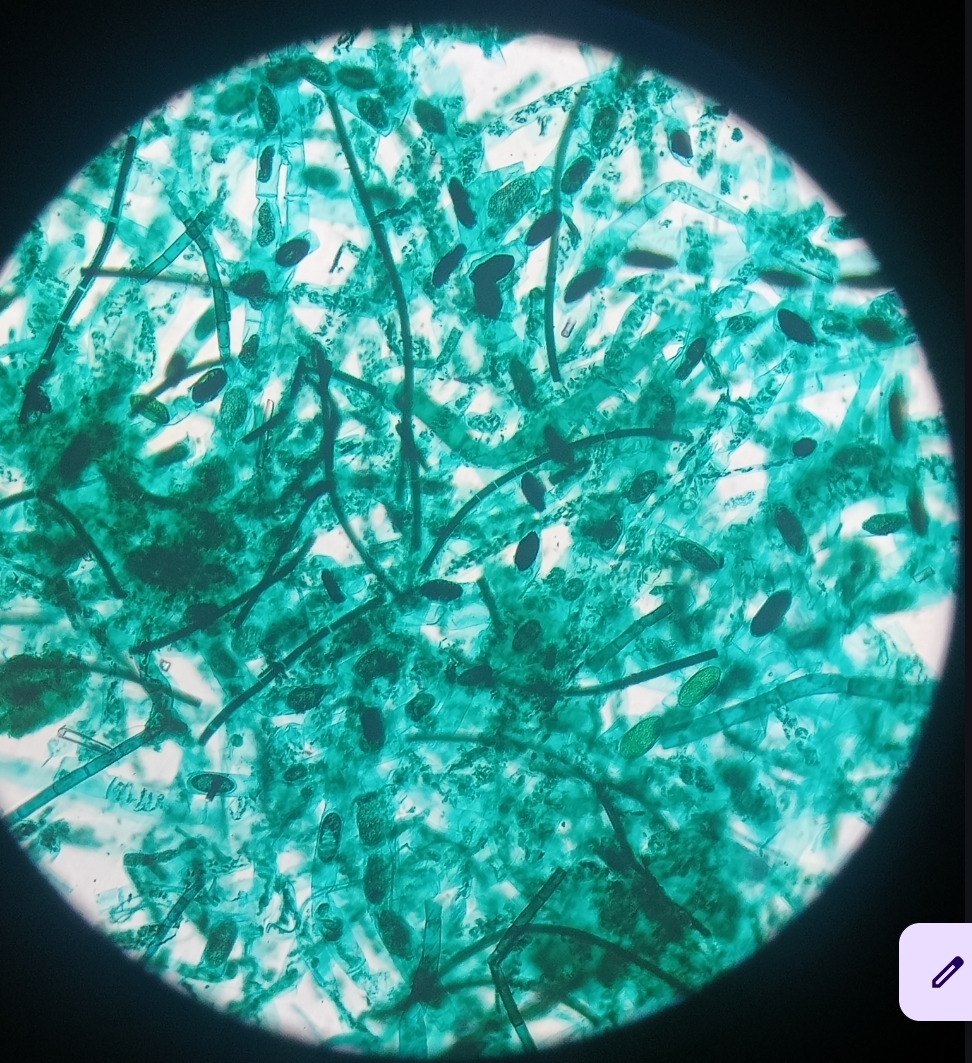
Spirogyra conjugation
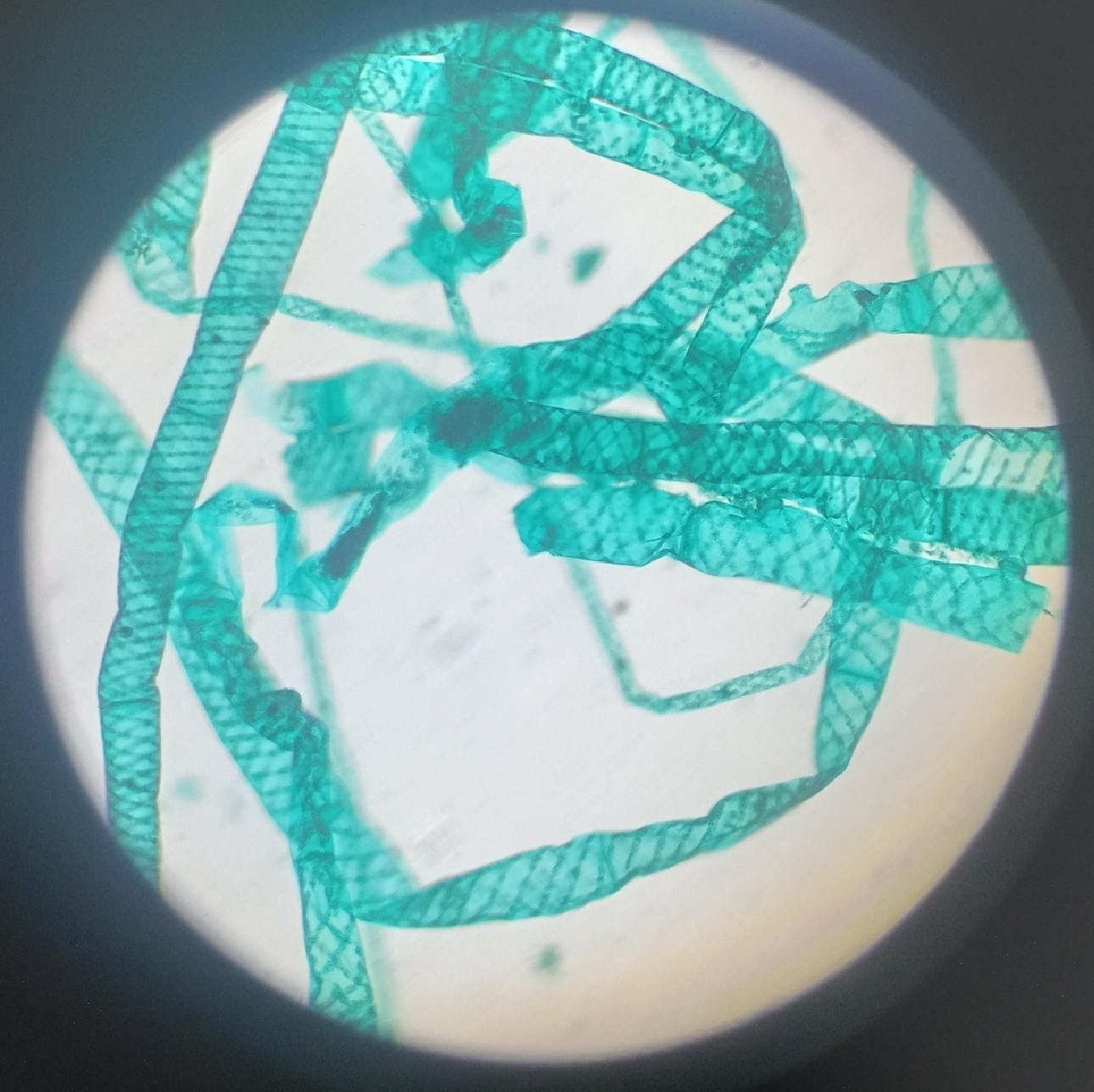
Spirogyra vegetative filaments
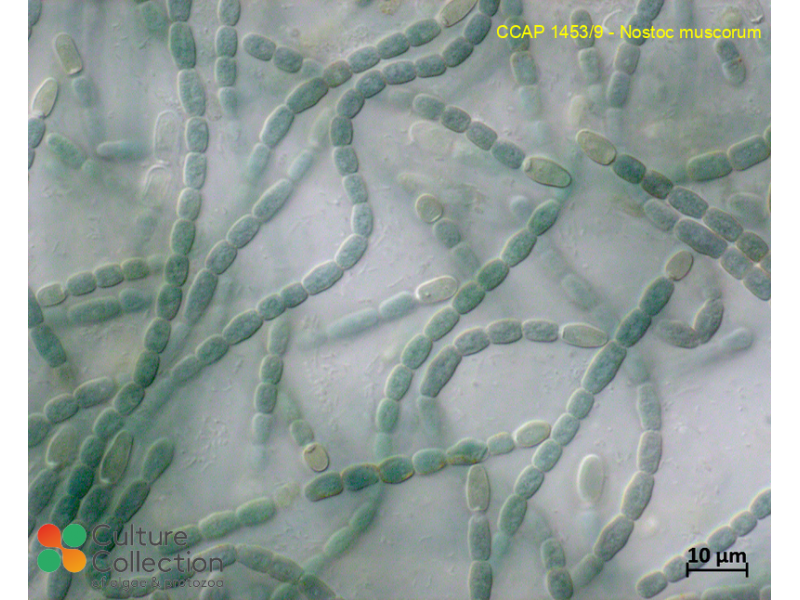
Its name comes from the Neo-Latin _____, a term coined by Paracelsus in the 16th century, likely derived from Germanic roots or invented to describe gelatinous microbial growths. The word originally referred to mysterious jelly-like substances found on the ground after rain, which were later identified as cyanobacteria like ______. This etymology reflects its mucilaginous colony form and historical association with “star jelly.”
Nostoc
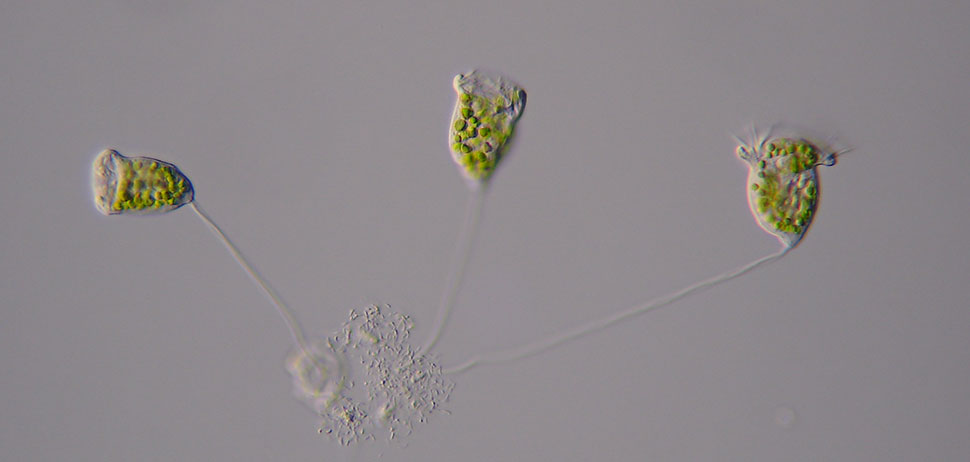
Vorticella